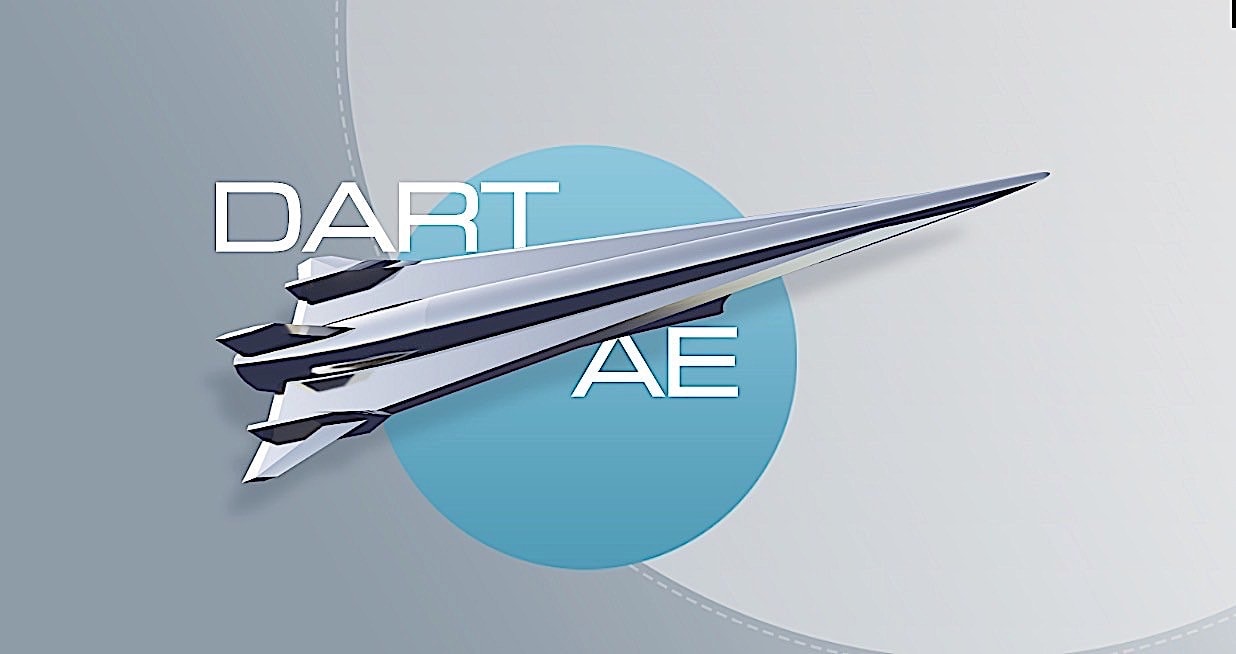The United States is at the forefront of the global competition to develop hypersonic weapons systems, and the country’s military is heavily invested in this race. The American military is using foreign technologies and unconventional methods to accelerate progress and maintain a competitive advantage. One such technology is the DART AE hypersonic drone, which the American military selected for prototype testing, as part of the Hypersonic and High-Cadence Airborne Testing Capabilities (HyCAT1) program. The contract was awarded to an Australian company, Hypersonix Launch Systems. The DART is currently under development and is expected to travel at speeds of up to Mach 7 (5,370 mph/8,642 kph) and cover distances of up to 500 km (311 miles). However, the American military only requires the DART to reach a maximum speed of Mach 5 (3,836 mph/6,173 kph) and fly for just 3 minutes. Fenix Space, a California-based startup, is also working on a game-changing technology that involves launching a rocket into space and towing it to a specific altitude using an airplane.
American Military Taps into Foreign Tech for Hypersonic Weapons

The global race to develop faster and nearly undetectable weapons systems is heating up, and the United States is at the forefront of this competition despite facing various challenges. America’s military is heavily invested in the race to develop hypersonic weapons systems, and new developments are being announced regularly. This month, the U.S. Department of Defense has awarded a contract to an Australian company, Hypersonix Launch Systems, for prototype testing of the DART AE hypersonic drone, as part of the Hypersonic and High-Cadence Airborne Testing Capabilities (HyCAT1) program.
Hypersonix Launch Systems is not a new name in the field of space exploration. It is currently working on three hardware pieces meant for civilian and military space exploration: the DART AE hypersonic drone, the Velos Intelligence Surveillance Reconnaissance (VISR) flight demonstrator, and the Delta-Velos Orbiter reusable hypersonic launch platform.
The DART AE hypersonic drone, which is three meters long and weighs 300 kg, is the focus of the HyCAT1 program. It is still in the development phase, but it is expected to be capable of traveling at speeds of up to Mach 7 (5,370 mph/8,642 kph) and covering distances of up to 500 km (311 miles) when fully operational. However, the American military only requires the DART to reach a maximum speed of Mach 5 (3,836 mph/6,173 kph) and fly for just 3 minutes.
The contract awarded to Hypersonix requires the company to deliver a prototype capable of operating in a “representative environment” while maintaining a “maneuverable/non-ballistic flight profile.” This means that the prototype should be able to operate effectively in a simulated environment, while at the same time maintaining maneuverability to avoid detection and interception by enemy forces.
Hypersonix is not the only company competing for the HyCAT1 contract. Fenix Space, a California-based startup, is also developing a technology that could revolutionize space exploration. The company is working on a rocket that can be towed into space by an airplane to a specific altitude from where it can operate independently.
The United States is determined to remain at the forefront of the global competition to develop hypersonic weapons systems, and the country’s military is investing heavily in foreign technologies and startups to achieve this goal. While progress may appear slow, the U.S. military is determined to achieve success in this race.
American Military Embraces Foreign and Unconventional Tech for Hypersonic Research
The United States military has acknowledged that the slow pace of hypersonic research and development has significantly impacted the country’s ability to stay ahead in the global competition for hypersonic weapons systems. As a result, the American military is turning to foreign companies and unconventional technologies to accelerate progress and retain a competitive advantage. It remains to be seen if this approach will yield faster results.
Don’t miss interesting posts on Famousbio










